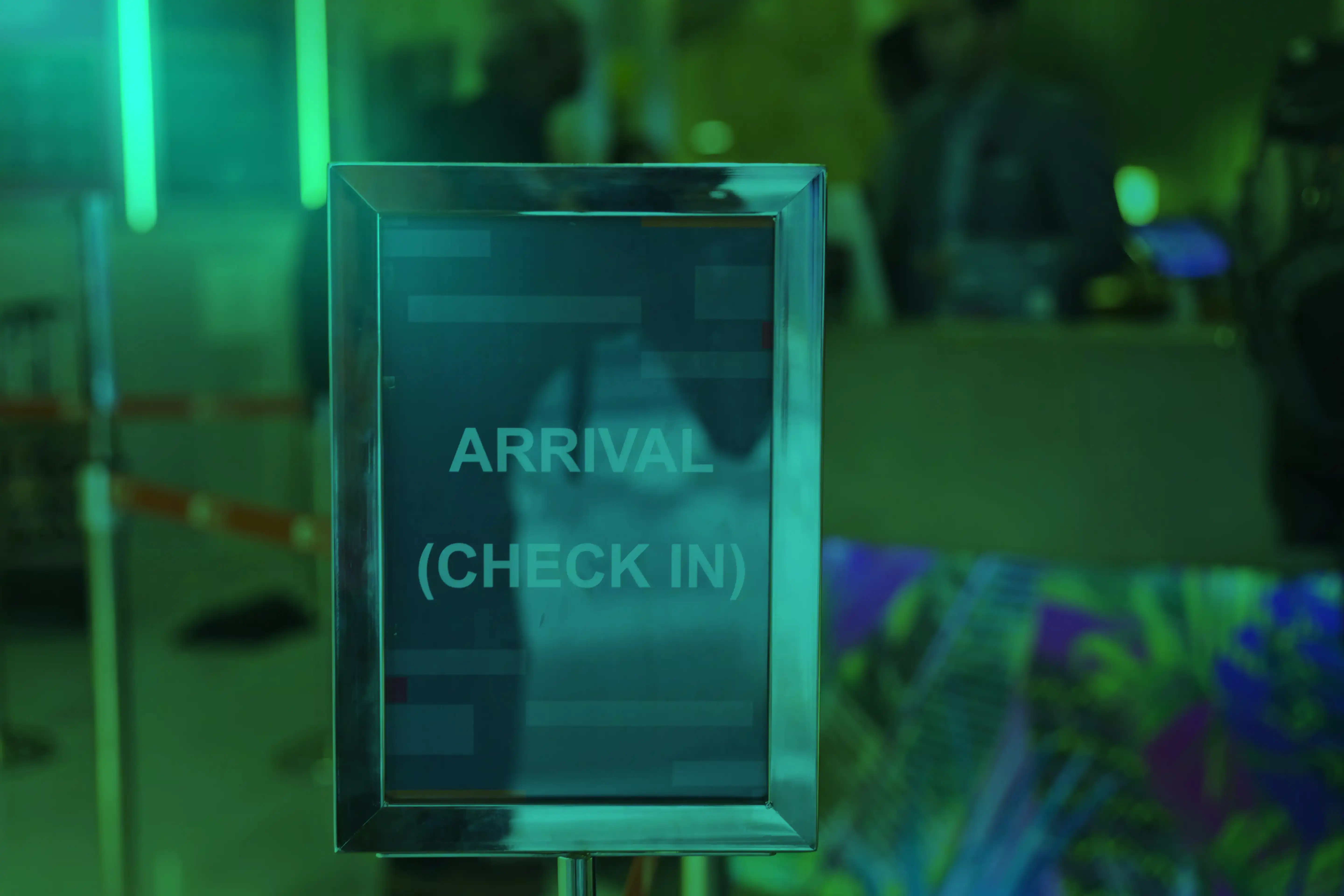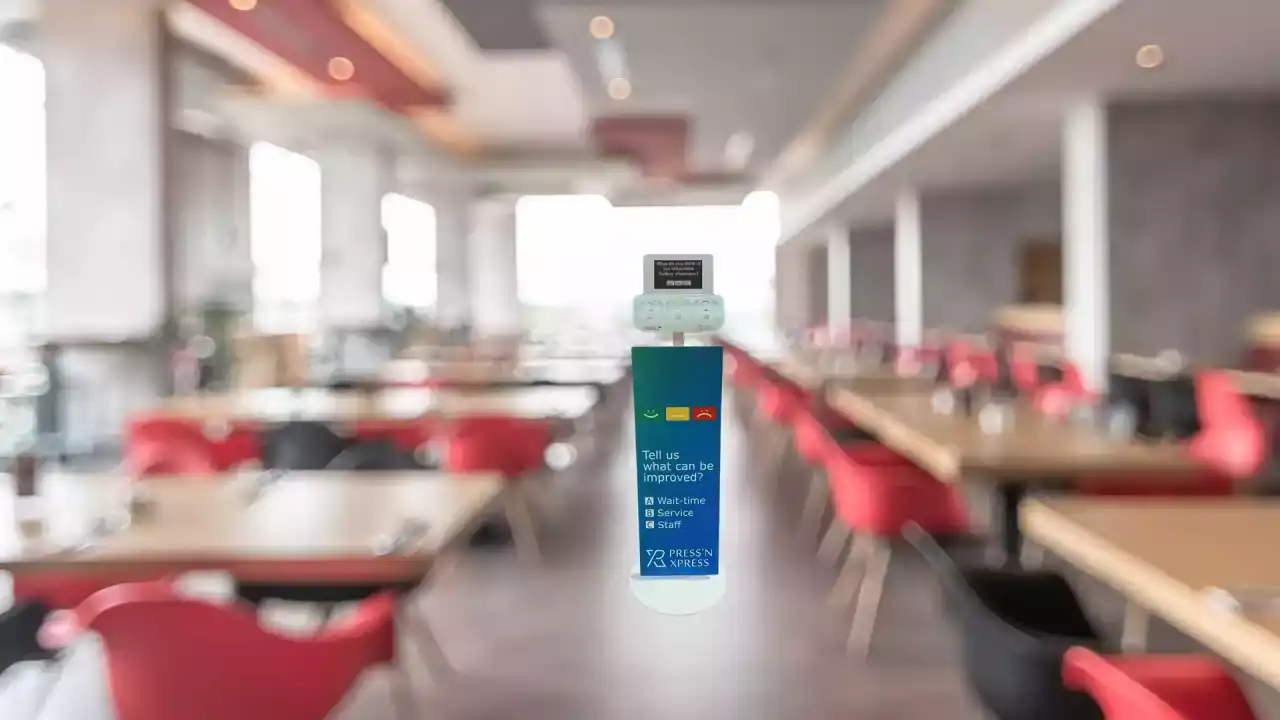
Optimizing Operations & Customer Experience: Real-Time Feedback vs. Surveys
Optimizing Operations & Customer Experience: Real-Time Feedback vs. Surveys
The customer experience is a crucial driver of success in retail, hospitality, dining services, hospitals, and many other industries today. But how can businesses truly understand their customers' perceptions and feelings to improve operations? Traditional surveys provide limited, sporadic data while new methods like real-time feedback kiosks offer more continuous insights.
The Value of Positive Experiences
When customers have a positive experience, they're more likely to revisit, recommend, and spend more money. The opposite is true after a negative experience. One bad interaction can permanently damage your brand's reputation. Research shows delivering a very positive customer experience can increase revenue growth rate by up to 15%. On the other hand, dissatisfied customers tell an average of 15 people about their negative experiences.
Given the substantial impact customer sentiment has on sales, retention, referrals, and revenue growth, brands need to deeply understand the experiences they are delivering. Are customers consistently delighted or do pain points exist that turn them off? But how do you know if customers are having good or bad experiences most of the time?
The Limitations of Surveys
Surveys have been a go-to tool for many years. You've likely received one by email after a store purchase or hotel stay asking for feedback. Yet as response rates continue to plummet, it's clear surveys provide limited usefulness today.
Nobody ever responds to post-visit surveys. You'll be lucky to get a 3% response rate. People just ignore them and delete the emails.
In the age of information overload, customers have survey fatigue. They don't want to take time later to fill out forms about their experience. The feedback is also limited by their memory of one moment in time. Feedback data comes sporadically instead of as a steady pulse.
Think of traditional surveys as an EKG of the customer experience - you only get a brief snapshot. This makes it hard to identify broader patterns and issues. It's certainly not an effective closed-loop system. You can't see how changes impact future experiences and sentiment.
The Power of Real-Time Feedback
Real-time feedback solutions overcome these issues by gathering customer perspectives throughout the day and continuously. Solutions like touchless feedback terminals allow customers to quickly tap a rating to give feedback right after an interaction.
With hundreds of feedback kiosks deployed at locations and facilities, management can view real-time sentiment across the region. This provides a "live signal" of how customers feel about their experiences at any given moment, aggregating countless touchpoints and locations.
It's like having a Holter monitor signals and providing constant insights about the operation every day, all day. The data is far more granular than any traditional survey could provide. These customer feedback solutions can capture thousands of customer ratings per month across multiple locations. The customers in real-time tell you exactly what they think, what's working, and what needs improvement.
Identifying Issues and Improvements
This wealth of feedback data filtered by location, time, and other attributes allows businesses to drill down into root causes. If a retail store suddenly sees lower ratings at afternoon and evening shifts, they can quickly investigate and resolve issues.
The impact of changes is also measured in real-time. One client saw a rating dip related to long lines. They adjusted staffing and two days later their ratings were back up. This closed feedback loop is invaluable.
Combining Real-Time Data and Surveys
Surveys do still have some value. It's good to supplement real-time data with occasional surveys to gather more open-ended feedback for market research. But real-time should be the primary mechanism to monitor experience and improve operation.
Combining open comments with an ongoing rating signal provides powerful insights. The high-level patterns from constant feedback identify focus areas while open comments supply more qualitative detail.
Benefits for Executives and Employees
For executives, these emerging solutions provide the complete view they need to guide strategy. Instead of employees merely speculating on customer pain points and operation gaps, now they have hard data.
Now employees can also be empowered with this data. Access to real-time customer feedback makes staff more invested. Frontline workers can see how their actions influence customer satisfaction ratings and improve.
An Essential Part of Your Strategy
For retailers, restaurants, facility services, banks, healthcare, and many other industries, real-time customer feedback should be an essential part of any omni-channel strategy today. The technology exists to innovate beyond surveys and gain true continuous insight.
In the moment feedback solutions bridge the gap between customers and executives. The data and insights allows proactive improvements versus reactive responses after it's too late.
What are you waiting for? It's time to start monitoring the real signals of your customers. Just as wearable devices provide personal health data to improve our well-being, feedback terminals provide organizations with the actionable metrics needed to constantly optimize experiences, services, and operations. This ultimately drives loyalty, affinity, repeat visits, and higher lifetime value.



